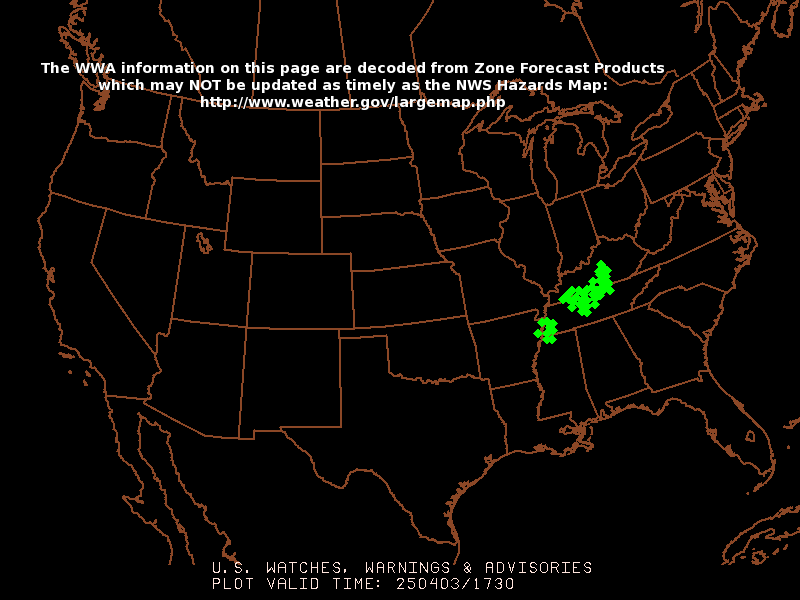Winter Ideas for Charlotte and the Surrounding Areas
>> Saturday, November 18, 2006
A couple of primary factors have gone into my winter ideas for this year. The first of which is the El Nino that is occurring this winter.
I firmly believe this will be a winter where the El Nino is at its strongest in early winter with a steady weakening of the El Nino as we progress to late winter. I think most of the winter will be spent in the "weak" El Nino category, with only a very brief time, if any at all, spend in the "moderate" category.
Another fascet of this year's El Nino is the matter of where the above-normal temperatures will be located in the Pacific. Here is the current (as of 11/18/06, as I am composing this outlook) sea surface temperature anomoly.
The shades of green, orange, yellow, and red are the above-average sea surface temperatures. Right now, the warmest surface water temps in the Pacific are rather close to the South American coast. However, if you look at the water temps at depth through the Pacific, and not just at the surface, the water temps are cooling beneath that very warm water at the surface in the eastern Pacific. So, I feel we will probably see that warm surface water in the eastern Pacific cool with time over the next couple of months. Again, looking at the water temps at depth, the temperatures beneath the surface are warming between about 140W and 180W, and I think as winter progresses the central Pacific will become the "dominant" area of warmer waters.
So, what does that mean? Generally speaking, in El Nino winters where the warmest waters are located just off of the South American coast, our area tends to have a milder than average winter due to a strong Pacific jet racing across the U.S. In El Nino winters where the warmest waters are located out in the central Pacific, the Pacific jet is still there, but it is much more favorable for shots of cold air to make it down into the eastern U.S. Keep that in mind.
Another fascet I feel is critical to our winter outlook is the NAO. That is the North Atlantic Oscillation, and it is a comparison of the barometric pressures between the subpolar low and the Azores high. I will just leave the description at that...if you have any questions about the NAO, I can get into it more deeply. At any rate, back to the forecast....
Since late summer, the NAO has generally been in the negative category. See the chart below.
Negative NAO's typically are favorable for colder and more snowy weather patterns during the winter months over the eastern U.S. I see no substantial reason for the NAO to switch around to a primarily positive phase through the winter, so I think much of the winter should be spent with a neutral to negative NAO, especially toward January and February.
There are some obviously plenty of other factors involved in my forecast that I won't bore you with in this space right now, but I have highlighted two of the factors that I feel will be very important this winter.
So, with that said, here is my actual forecast for this winter for the Piedmont of North Carolina. I feel the "core" of this winter will occur during the months of January and February, and probably some of March as well. December will probably feature some wide temperature swings, but I think the month as a whole will average near or slightly above average for temperatures. My forecast for CLT for December temps is +0.5 degrees.
I have gone back and forth with which month I think will be the coldest of the winter between January and February. For the forecast, I have decided on February. I think both months will have continued swings in temperatures, but overall, I think both months will be below average as the El Nino relaxes somewhat. So, my temp forecast for January is -1.5 degrees and February is -2.0 degrees.
As for precipitation, I think this will be a winter that features a good amount of southern branch storm systems rolling through the eastern U.S. I think the chances are good that the Charlotte area will see above average snowfall for the season. In fact, I expect the region to see several ice and/or snow threats as winter unfolds, especially during the months of January and February.
So, here is the recap.
Monthly temperature deviation from average:
December: +0.5
January: -1.5
February: -2.0

0 comments:
Post a Comment